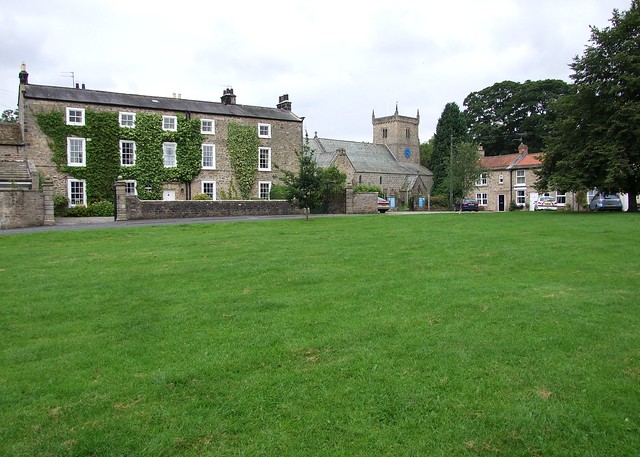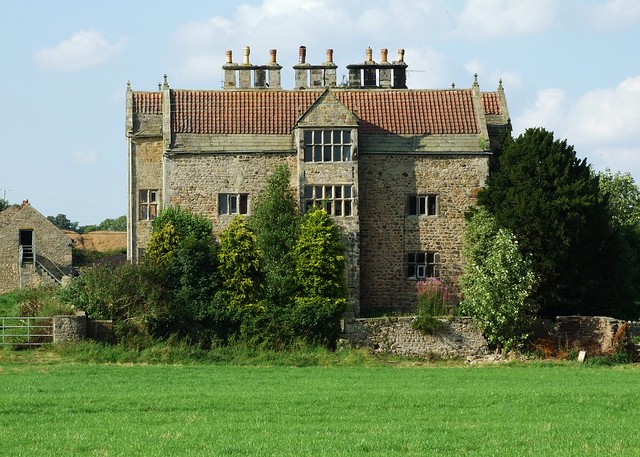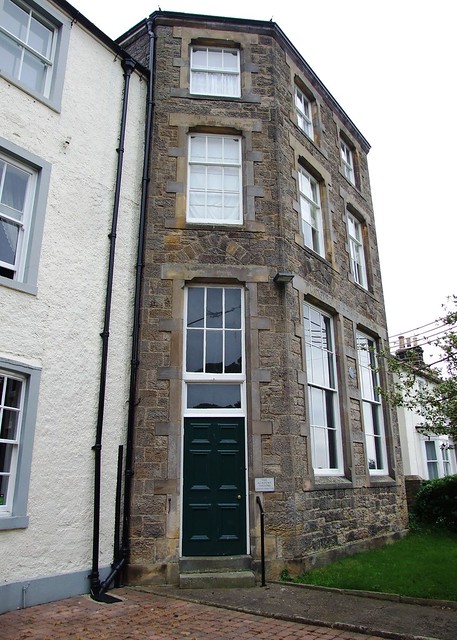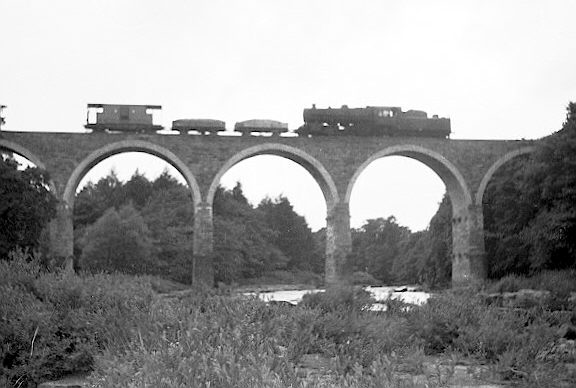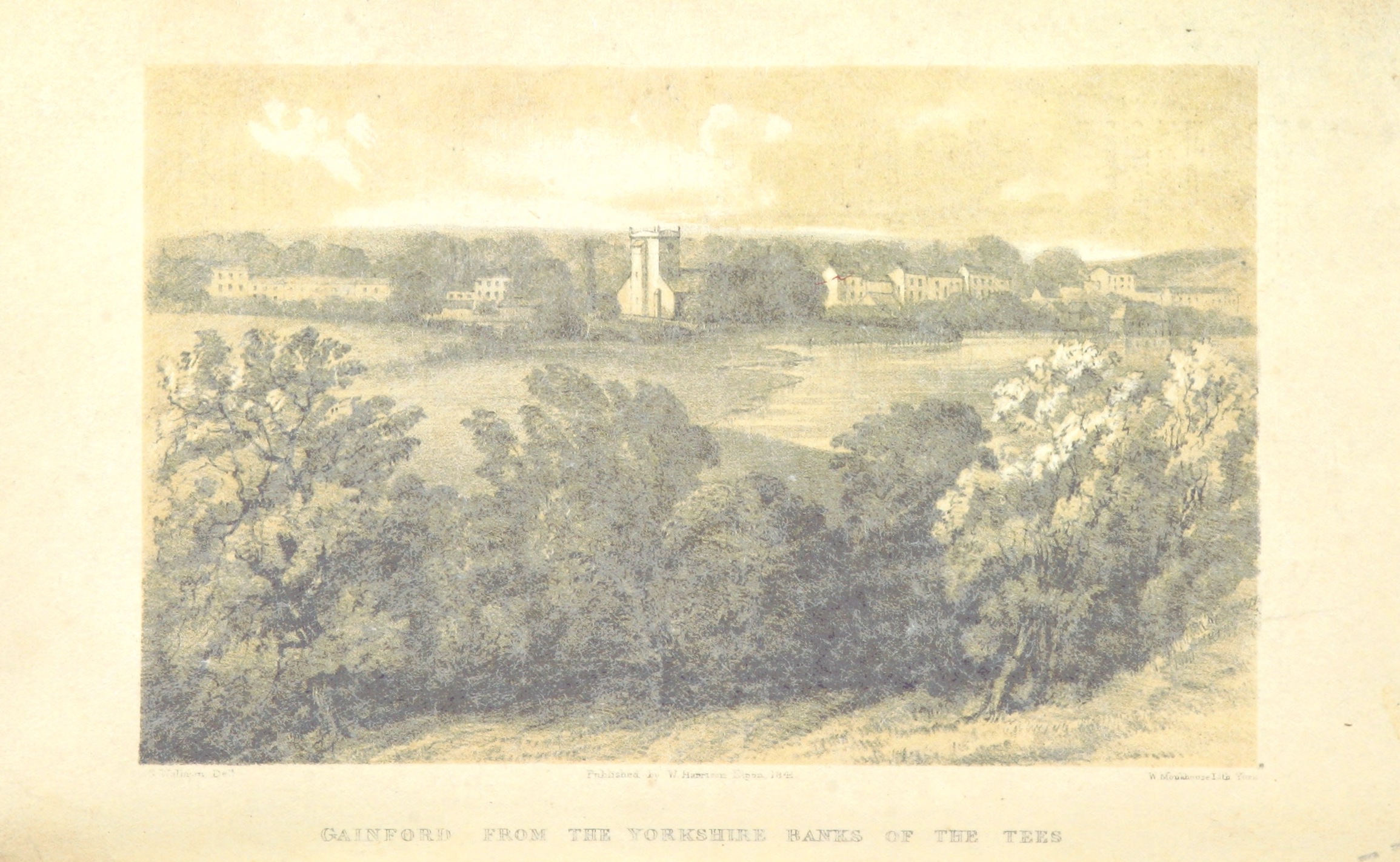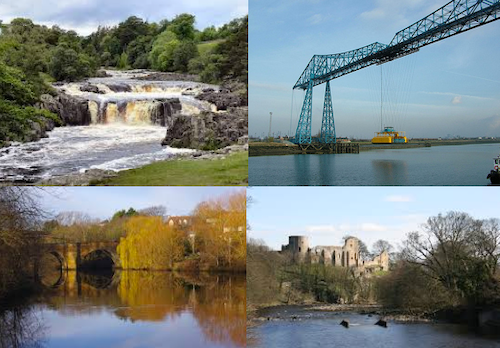Topics > County Durham > Gainford
Gainford
Gainford is a village in County Durham located by the River Tees and about 6 miles West of Darlington and a similar distance East of Barnard Castle. In Anglo-Saxon times Gainford was part of the estates of the Northumbrian Congregation of Cuthbert of Lindisfarne, with a monastery built in the village in the 9th Century. The Parish Church of St Mary dates from the 13th Century and was built on the site of the earlier monastery. Gainford Hall and its distinctive Dovecote date from the 17th Century. Gainford is also notable for its village greens and Georgian buildings, including Gainford Academy - now a theatre.
Gainford on Tees is a village on the north bank of the River Tees in County Durham, England. It is half-way between Barnard Castle and Darlington, near Winston, at OS map reference NZ 1716.
Legend has it that residents on the two sides of the river disputed ownership of a ford across the Tees. In the eventual battle, residents of the Durham side of the river gained the ford, and their village became known as Gainford. On the Yorkshire side of the river lies the site of the deserted village of Barforth or Barford, said to be named in memory of its residents' attempt to barricade the ford during the dispute.
History
In Anglo-Saxon times, Gainford was the centre of an estate, part of the Northumbrian Congregation of Cuthbert of Lindisfarne. In the Dark Ages this area was taken by Vikings. Archaeologists have found Viking sculptures at Gainford and several examples of these have been put on display in the Open Treasure exhibition at Durham Cathedral. Many sculptures found at Gainford show both Northumbrian and Viking influence. Despite the Viking settlement, Northumbrian Angles remained major landowners along the banks of the Tees in Viking times.
In the nineteenth century Gainford village had its own spa. Today its main features are an unspoilt village green, a Jacobean hall and a Georgian street called High Row. The village church of St Mary's, Gainford, stands on the site of an Anglo-Saxon monastery built by Bishop Ecgred of Lindisfarne in the early 9th century.
In 1904 the family of a deceased Joseph Edleston owned a plot of land next to the churchyard of St. Mary's in Gainford. The children asked to erect a monument in the churchyard in memory of Joseph's 41-year tenure at the church. The church refused permission, asserting that the churchyard was full, but that the family could donate their land to the church and then build a monument on part of it. Feeling slighted, the family immediately set about building themselves a house on their land with a 40-foot column erected next to the churchyard so it towered over the trees and pointed a huge V-sign in stone towards the church authorities. The Edleston Spite House is still standing and occupied and has MCMIV (1904) over the front door. While the 40-foot column is still standing, the 'V' sign is now gone.
House styles
The houses around the green are mostly Georgian with some rubble-built houses on the north and south sides of the green. When they were built, the rubble-built houses would have been rendered, but the present fashion is th reveal the stonework with the rendering removed. Roofs are mostly red pantiles, and tend to be finished with a line of split-stone along the eaves. Some of the larger buildings have blue slate roofs, the slate probably brought by the railway. The older cottages in the village have steep pitched roofs in a style that suggests earlier heather thatching.
Village cross
Torwards the western end of the village green, there is a stone cross on a square base. The base is thought to be medieval in origin, but the cross itself is Victorian. It is dated 1897 and commemorates Queen Victoria's Diamond Jubilee. The Cross was made by Isaac Charge and Son, of Gainford. The cross has a slightly battered shaft and Saxon-type head. There is an inscription on the west face of the shaft which states: In thankful commemoration of the sixtieth anniversary of the accession of Queen Victoria on June 20th 1897. This cross was re-erected and trees planted on the green by the inhabitants of Gainford.
Notable residents
The geographer Charles Bungay Fawcett (1883 – 1952), regarded as "one of the founders of modern British academic geography" and an early promoter of the idea of regional planning. was educated at the school in Gainford.
Visit the page: Gainford, County Durham for references and further details. You can contribute to this article on Wikipedia.

from Beamish (flickr)
Bone shaker bicycle and motorised bicycle outside public house, Gainford.
Pinned by Simon Cotterill

from https://web.archive.org/web/2…
The History of Gainford - County Durham
- The Website is no longer live, but can be accessed via the Internet Archive Wayback Machine.
"This website is about Gainford upon Tees, a small village in County Durham on …
Added by
Simon Cotterill
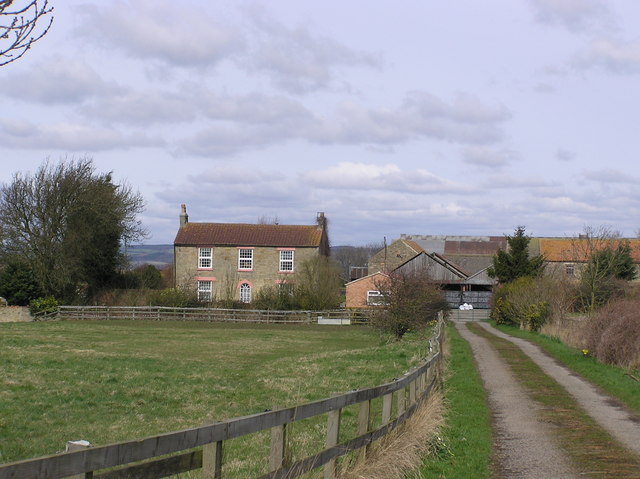
Co-Curate Page
Barforth
- Overview About Barforth Map Street View Barforth is a hamlet and a civil parish near Gainford in County Durham. Barforth was a manor during medieval times and there are remains …

from https://books.google.co.uk/bo…
The Antiquities of Gainford, in the County of Durham....(1846)
- The Antiquities of Gainford, in the County of Durham: Comprising the Baronial and Ecclesiastical History of that Place, and of Barnardcastle: with Accounts of the Township of Headlam, and Chapelry …
Added by
Simon Cotterill
Co-Curate Page
Historic Buildings and Monuments in Gainford Civil Parish
- Listed buildings and scheduled monuments in Gainford Civil Parish, County Durham, from the National Heritage List for England[1]. Use the Search (below) if looking for a specific building / monument. …

Co-Curate Page
Gainford Parish, 1848
- GAINFORD (St. Mary), a parish, in the unions of Teesdale, Darlington, and Auckland, chiefly in the S.W., but partly in the S.E., division of Darlington ward, S. division of the …

Co-Curate Page
Gainford, Historical Description, 1890
- Extract from: Kelly's Directory of Durham, 1890 GAINFORD, originally “Geganford”, is a township, parish and village, situated on a declivity, sloping gradually to the Tees, with a station on the …
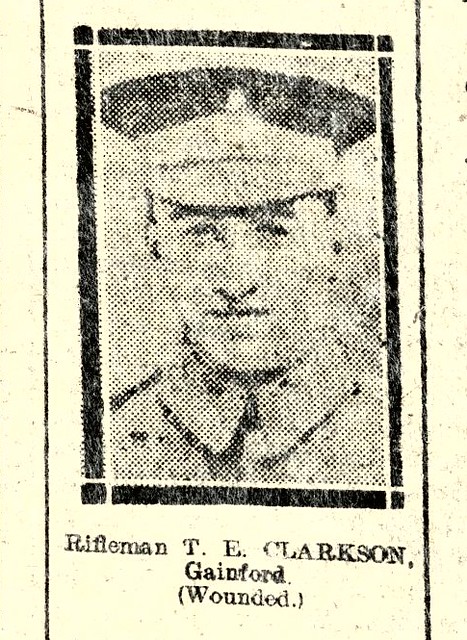
from IllustratedChronicles (flickr)
Rifleman T.E. CLARKSON, Gainford, (Wounded).
Pinned by Simon Cotterill
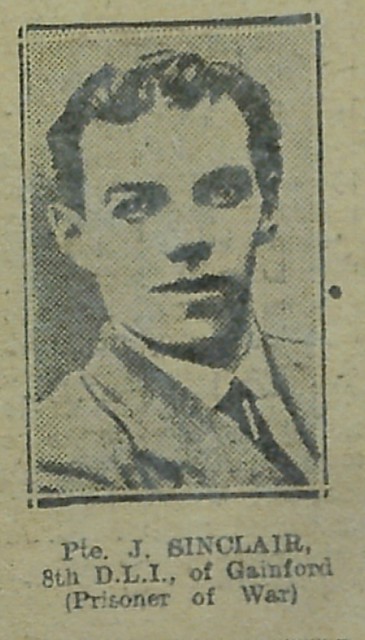
from IllustratedChronicles (flickr)
J Sinclair - 8th DLI - Gainford (Prisoner of War)
Pinned by Simon Cotterill


from Beamish (flickr)
Bone shaker bicycle and motorised bicycle outside public house, Gainford.
Pinned by Simon Cotterill

from https://web.archive.org/web/2…
The History of Gainford - County Durham
- The Website is no longer live, but can be accessed via the Internet Archive Wayback Machine.
"This website is about Gainford upon Tees, a small village in County Durham on …
Added by
Simon Cotterill

Co-Curate Page
Barforth
- Overview About Barforth Map Street View Barforth is a hamlet and a civil parish near Gainford in County Durham. Barforth was a manor during medieval times and there are remains …

from https://books.google.co.uk/bo…
The Antiquities of Gainford, in the County of Durham....(1846)
- The Antiquities of Gainford, in the County of Durham: Comprising the Baronial and Ecclesiastical History of that Place, and of Barnardcastle: with Accounts of the Township of Headlam, and Chapelry …
Added by
Simon Cotterill
Co-Curate Page
Historic Buildings and Monuments in Gainford Civil Parish
- Listed buildings and scheduled monuments in Gainford Civil Parish, County Durham, from the National Heritage List for England[1]. Use the Search (below) if looking for a specific building / monument. …

Co-Curate Page
Gainford Parish, 1848
- GAINFORD (St. Mary), a parish, in the unions of Teesdale, Darlington, and Auckland, chiefly in the S.W., but partly in the S.E., division of Darlington ward, S. division of the …

Co-Curate Page
Gainford, Historical Description, 1890
- Extract from: Kelly's Directory of Durham, 1890 GAINFORD, originally “Geganford”, is a township, parish and village, situated on a declivity, sloping gradually to the Tees, with a station on the …

from IllustratedChronicles (flickr)
Rifleman T.E. CLARKSON, Gainford, (Wounded).
Pinned by Simon Cotterill

from IllustratedChronicles (flickr)
J Sinclair - 8th DLI - Gainford (Prisoner of War)
Pinned by Simon Cotterill

County Durham
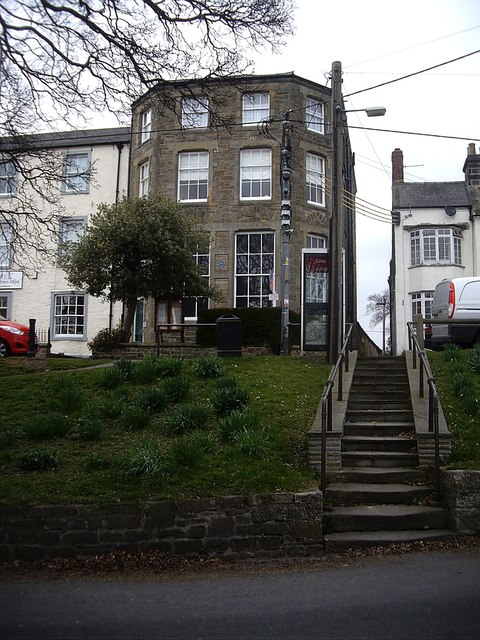
Academy Theatre, Gainford
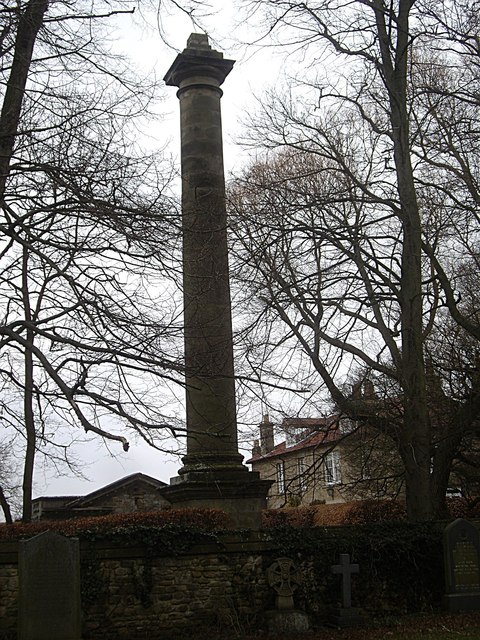
Column by Edlestone Hall, Gainford
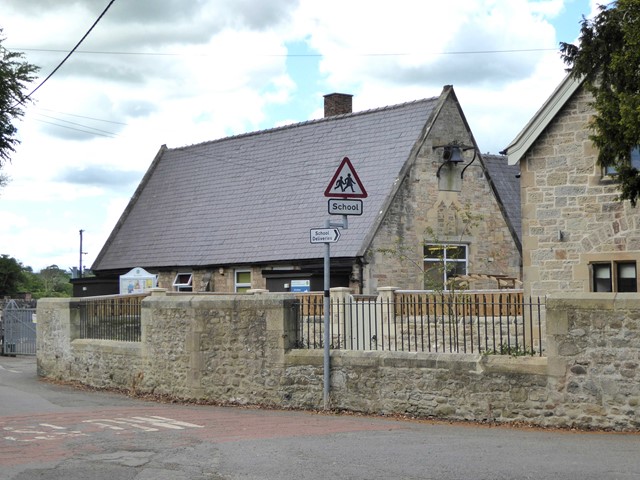
Gainford CofE Primary School
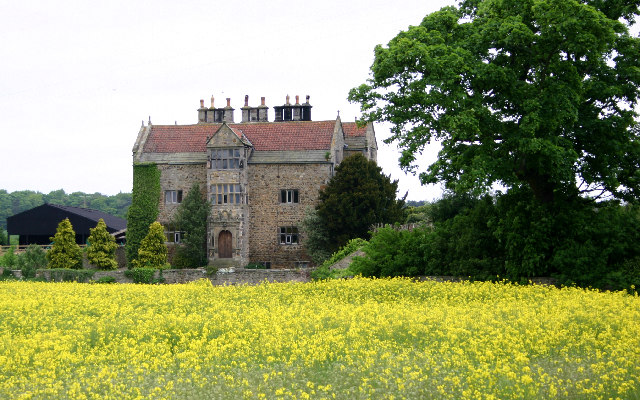
Gainford Hall
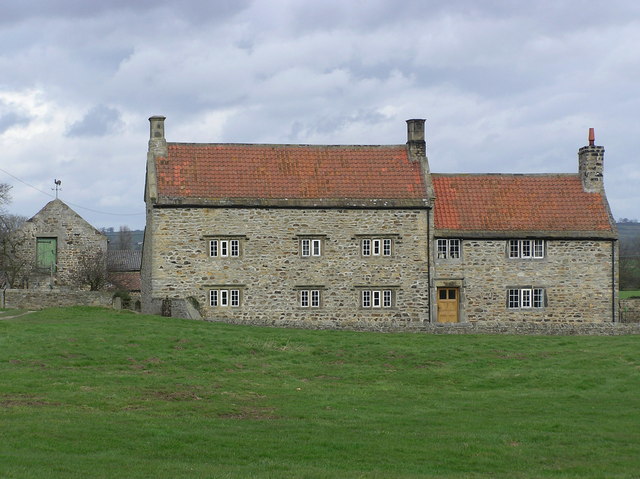
Greystone Hall, Gainford
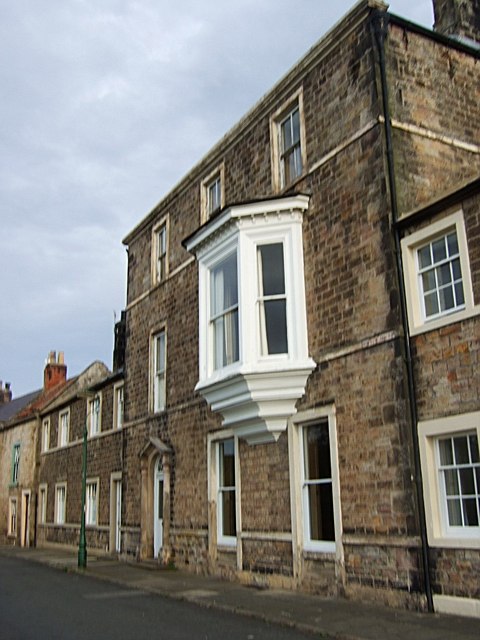
Manor House, Gainford

Map and Aerial View of Gainford
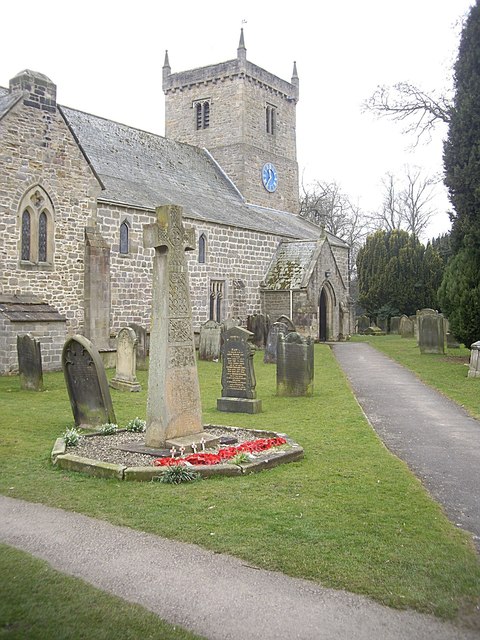
St Mary's Parish Church, Gainford
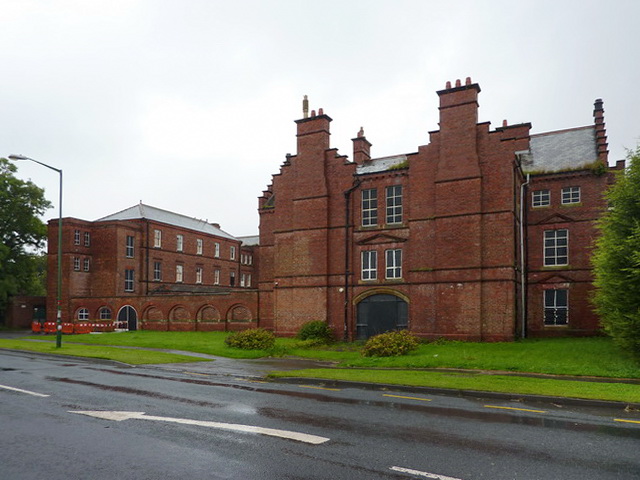
St.Peter's (Former School), Gainford
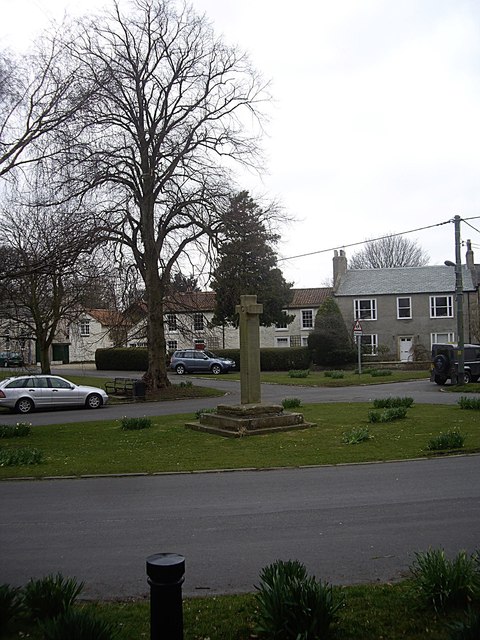
Village Cross, Gainford
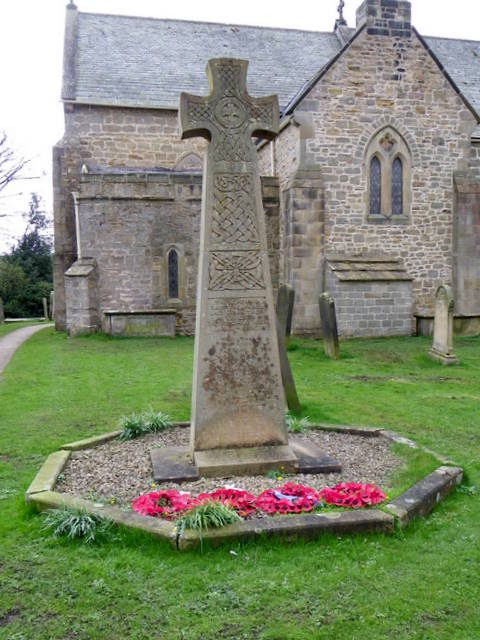
War Memorial, Gainford
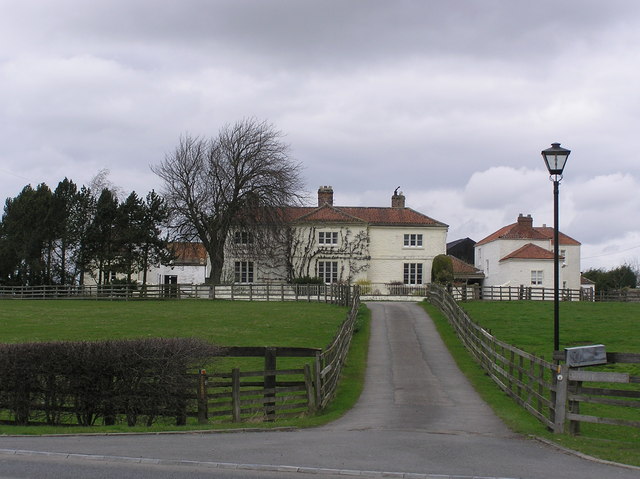
White Cross Farm, Gainford
Wikipedia: Gainford, County Du…
Grid sq: NZ1616
Grid sq: NZ1617
Grid sq: NZ1716
Grid sq: NZ1717
